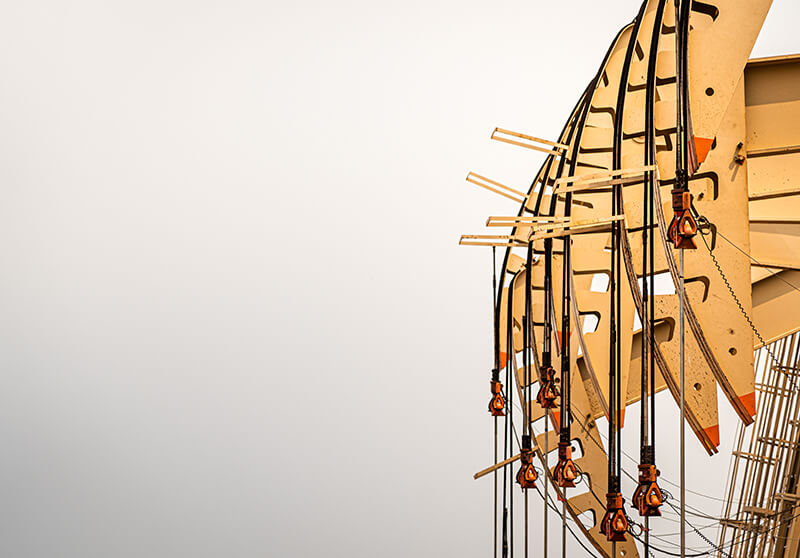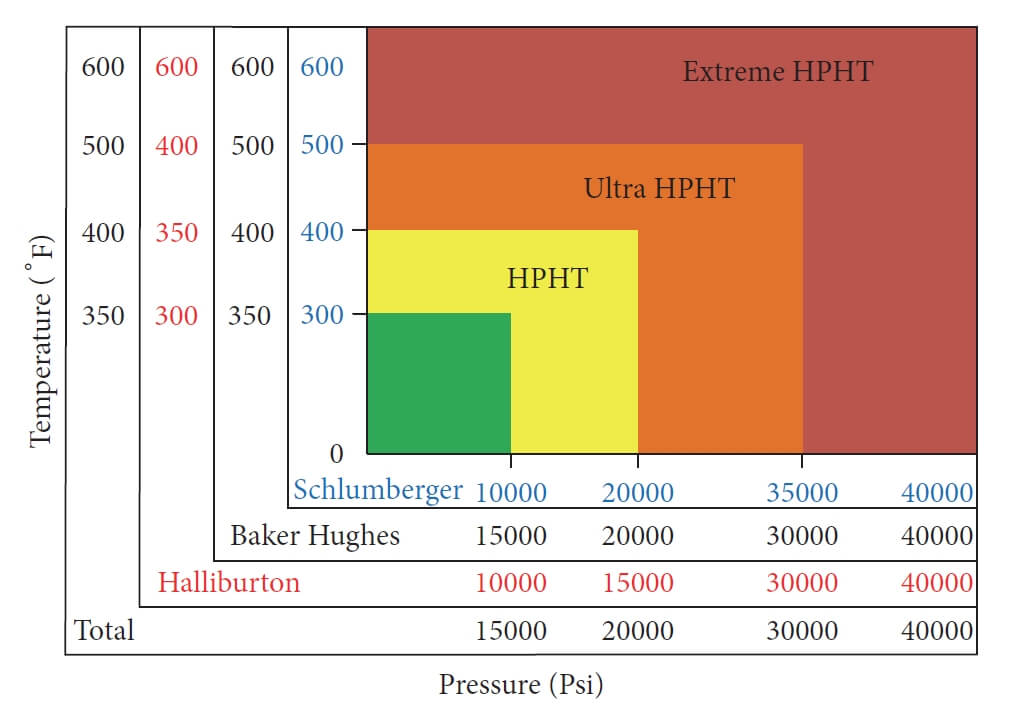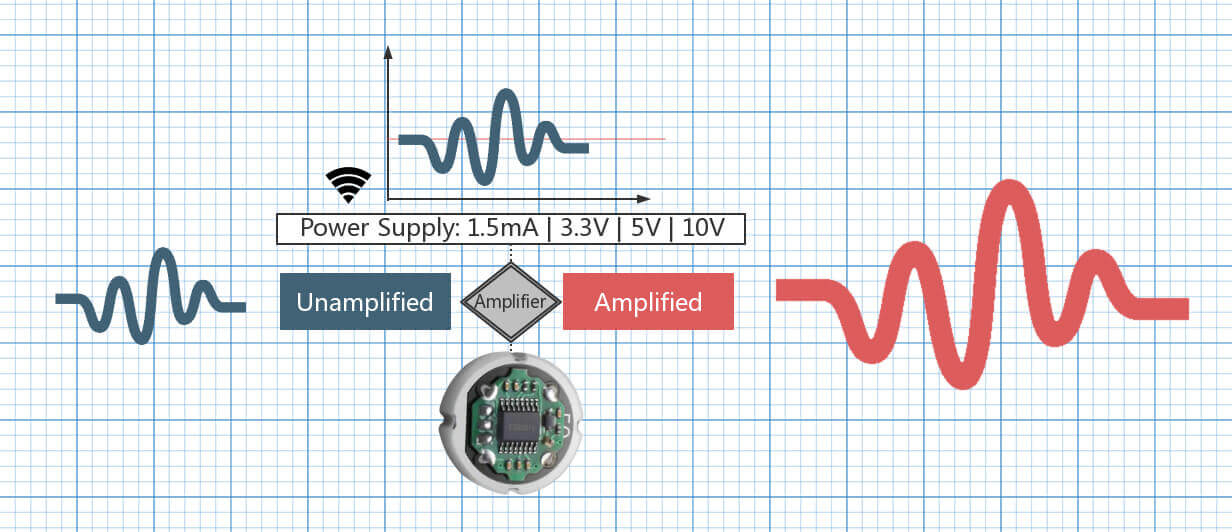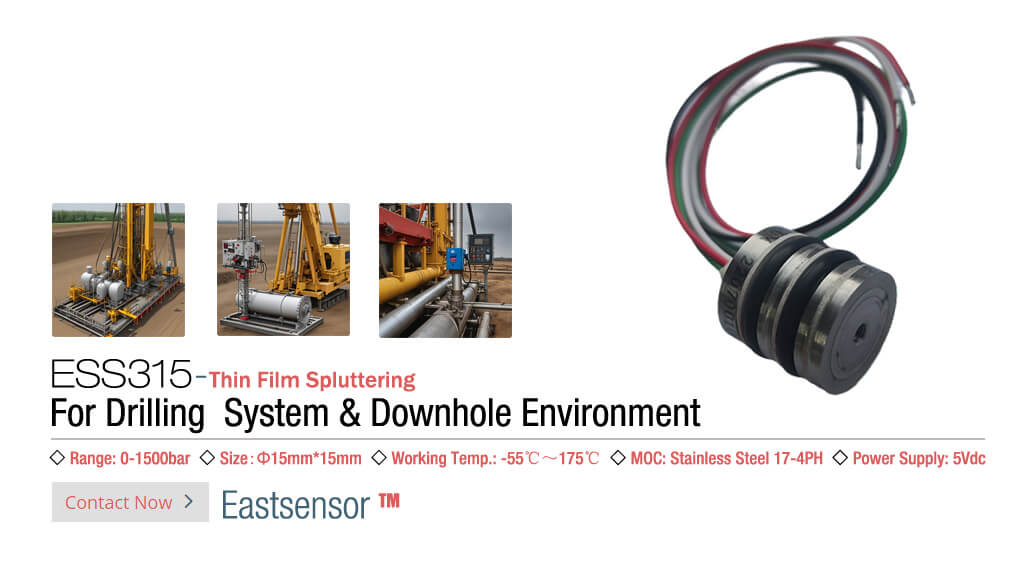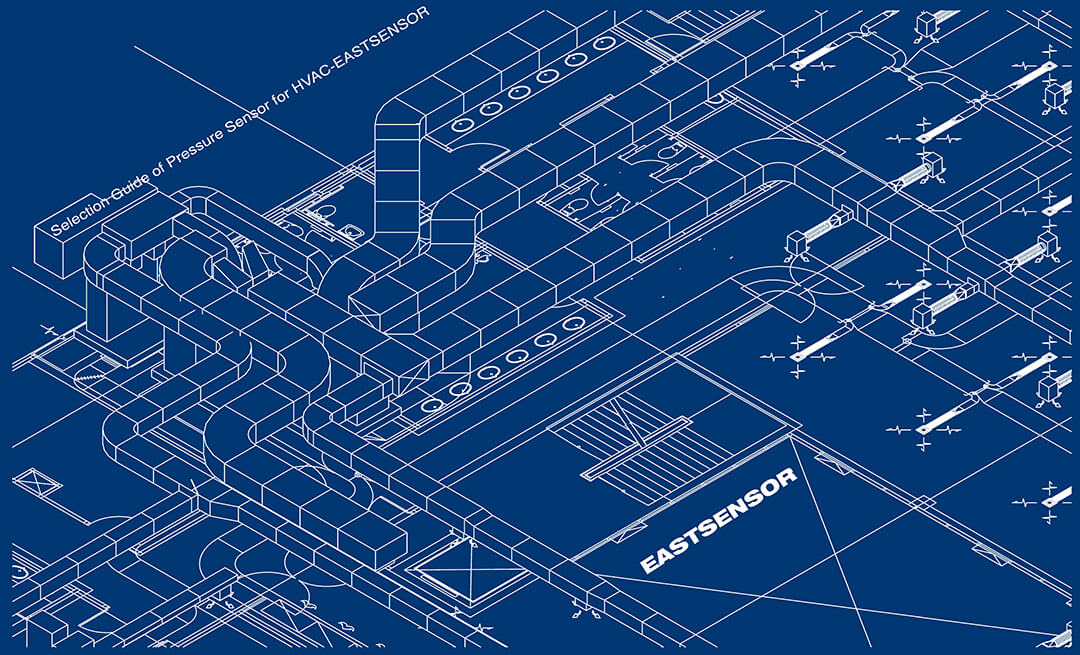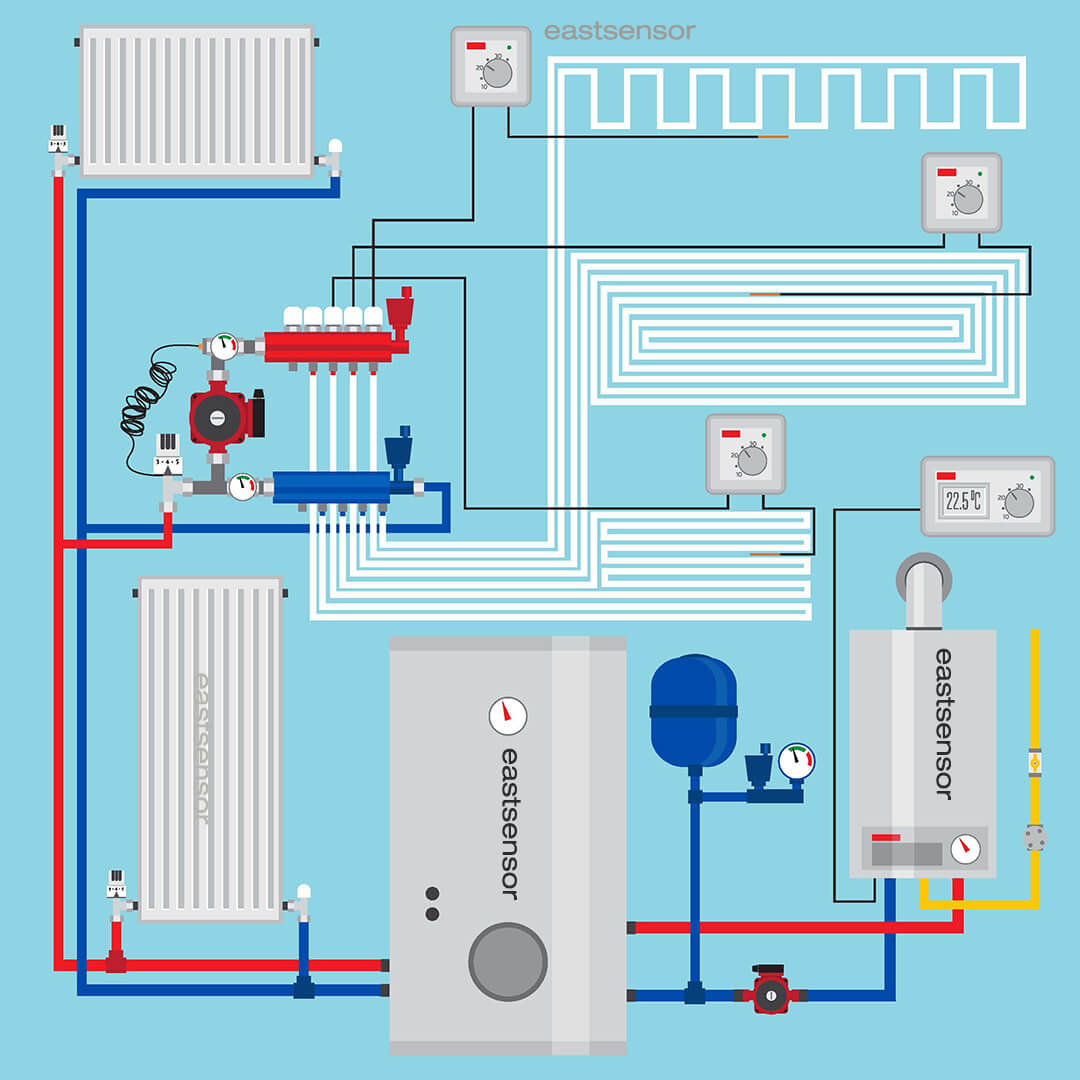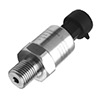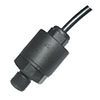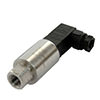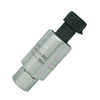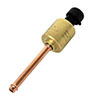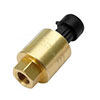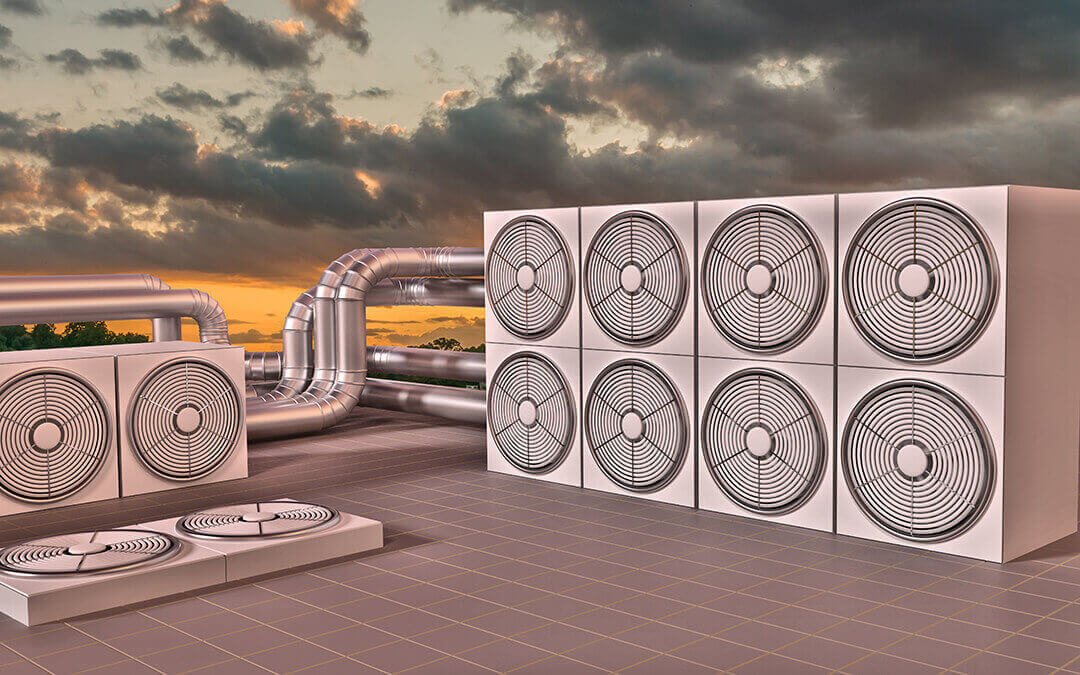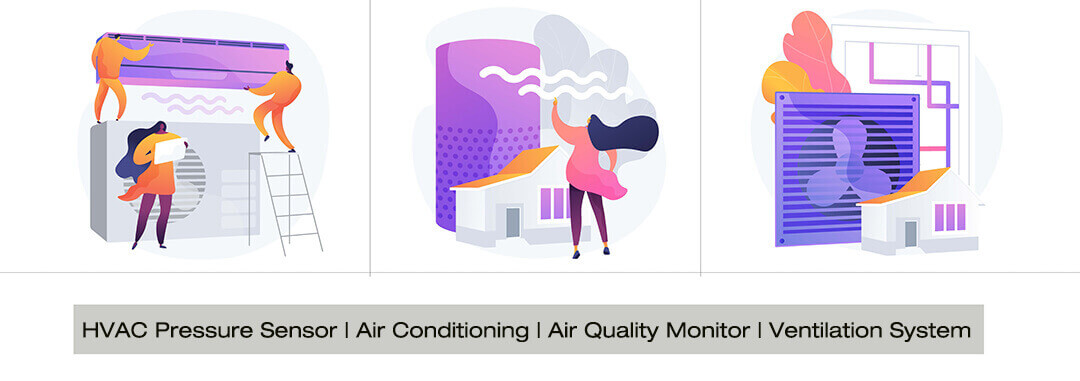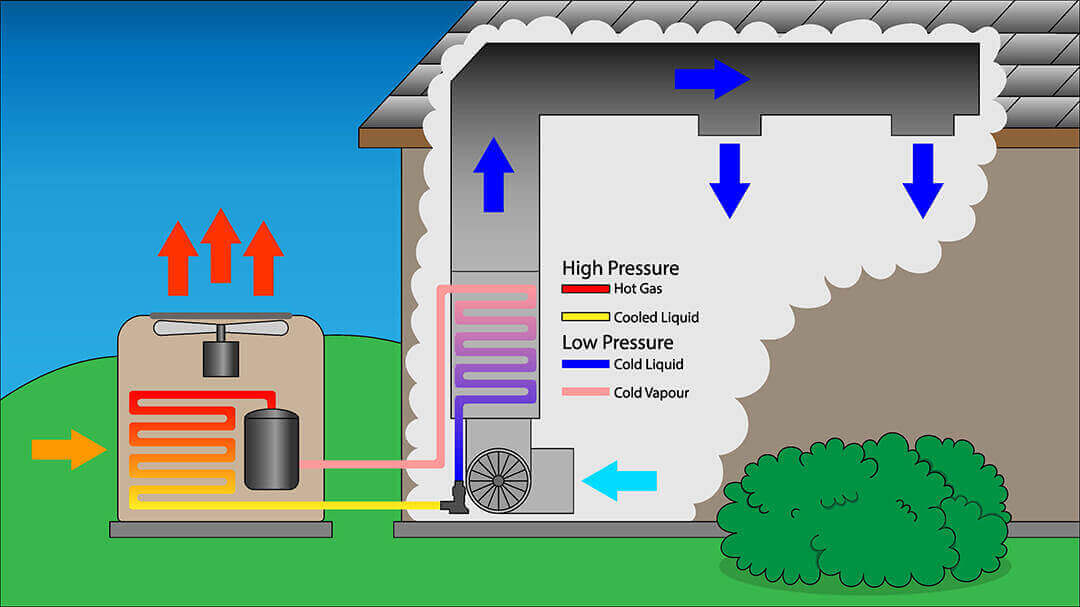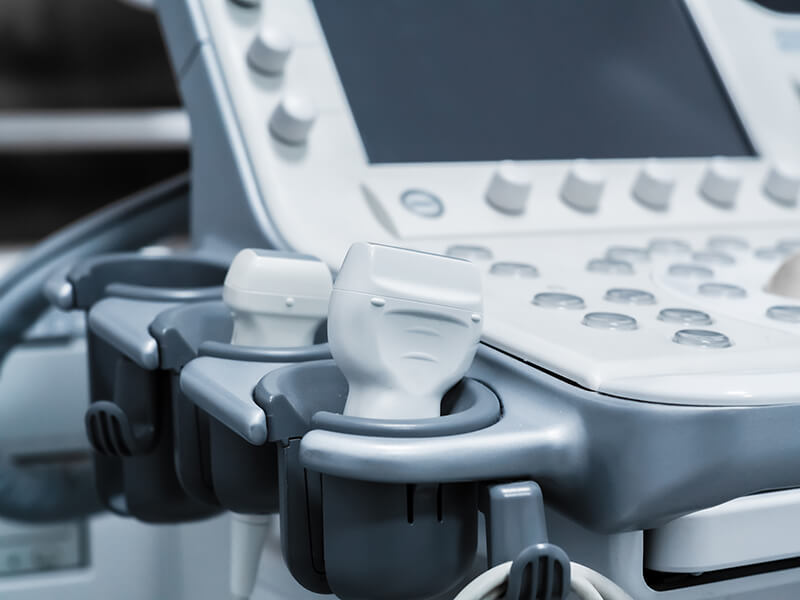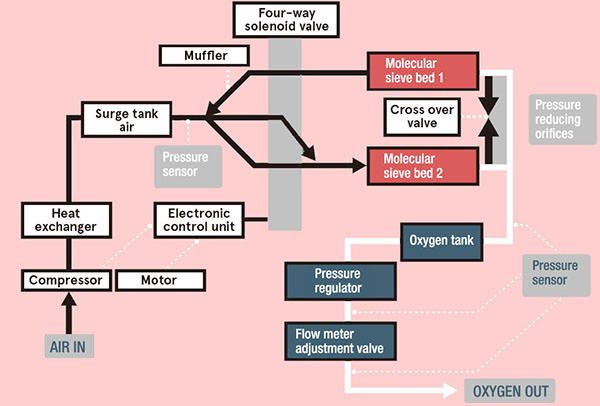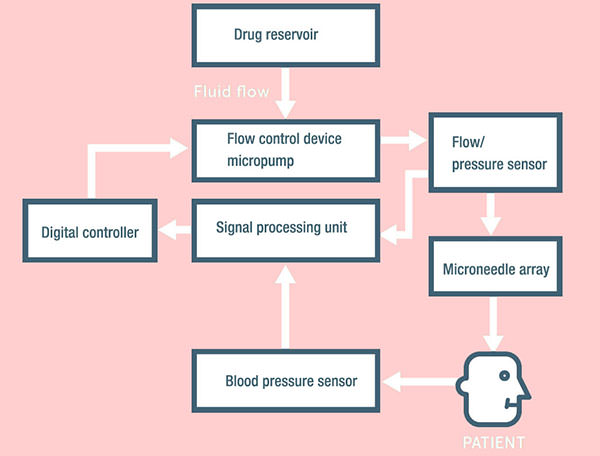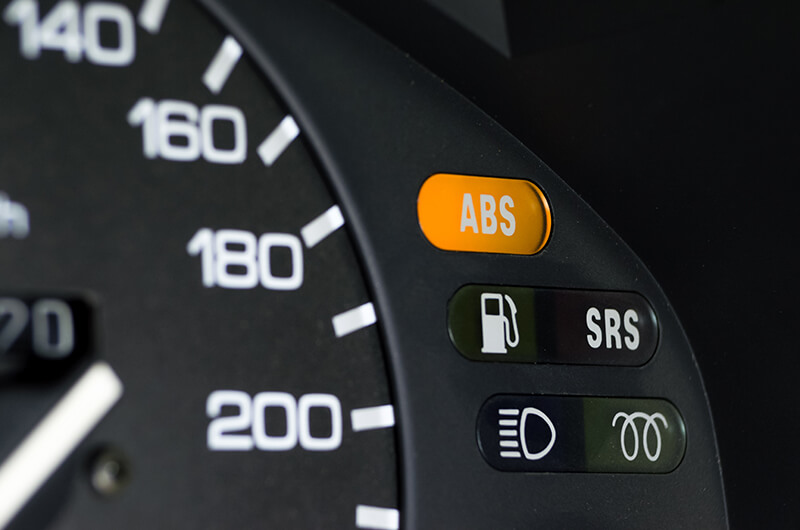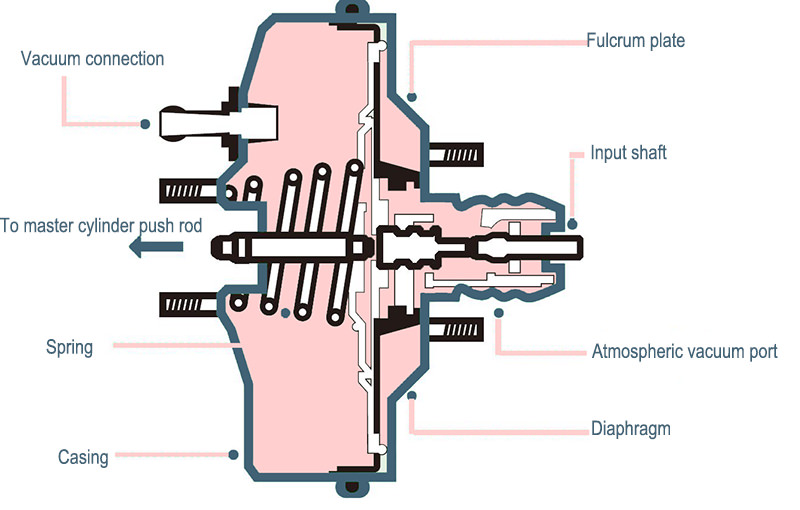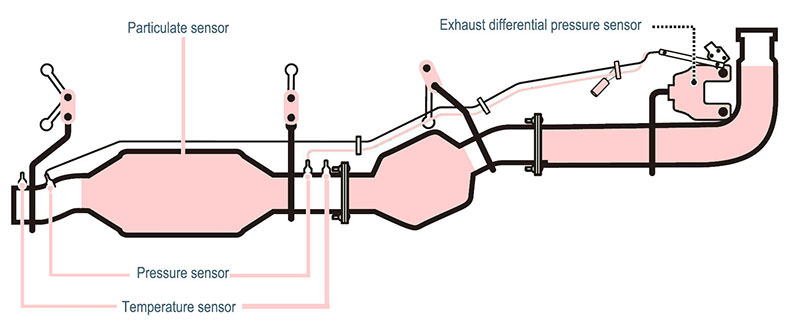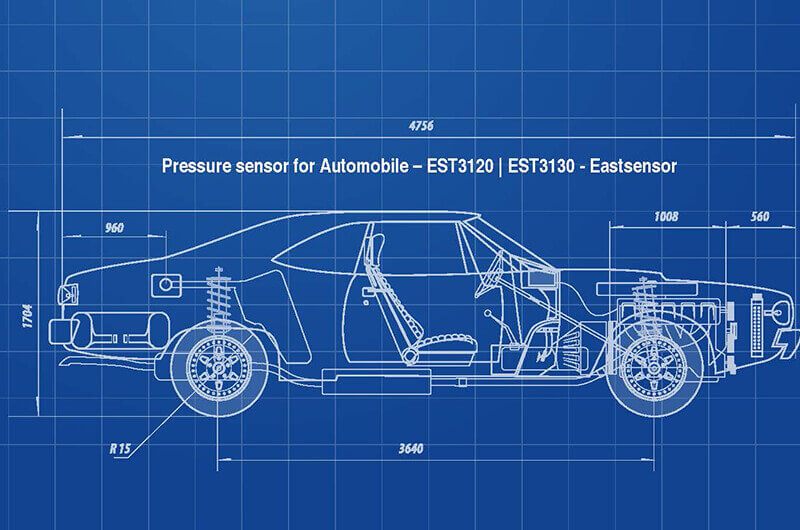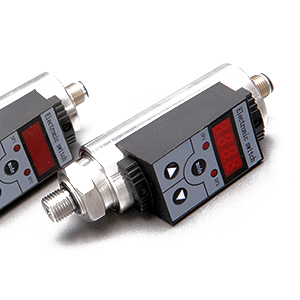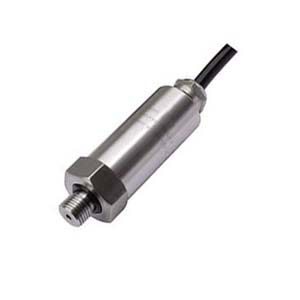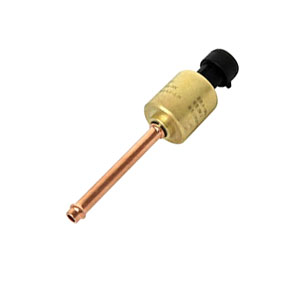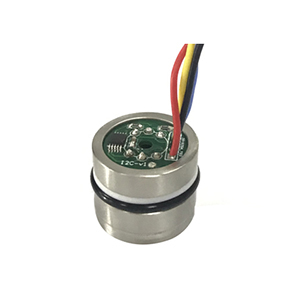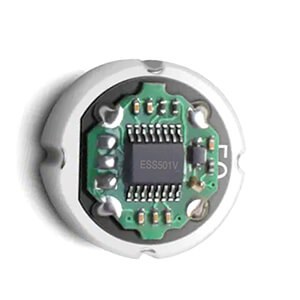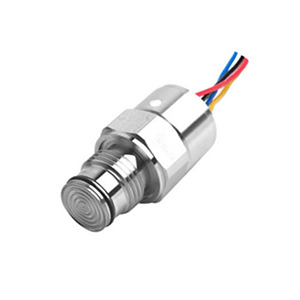The important things we carry, use, and bring every day are growing in intelligence. Increasingly, our devices can discover change in their environment and customize their behaviors based on those changes.
A pressure sensor in daily life is among the innovations allowing smarter customer electronic devices.
Pressure sensors are ubiquitous in our daily lives, providing invaluable data for monitoring, safety, and efficiency purposes. They perform a crucial role in detecting, measuring, and controlling pressure levels in a wide range of everyday objects and systems.
In this article, I will show you, in 11 cases, the details of where the pressure sensor in our daily life and how it performs.
Help the Refrigerator Work Smartly to Keep Food Longer
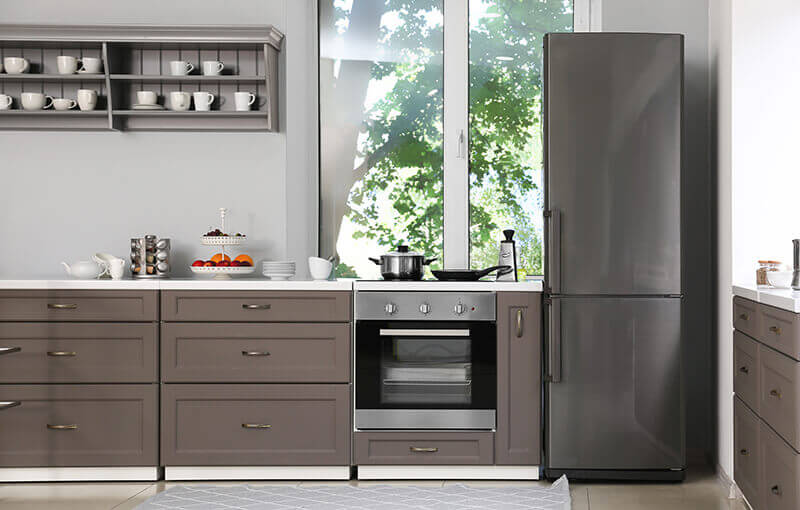
In our modern life, refrigerators can store food fresh by keeping relatively low temperatures, cooling processes, and sealing certain mount vacuum inside the refrigerator, in case of that, the minimal but necessary oxygen can be kept inside the vacuum, and food can stay fresh in long term.
Pressure sensors play a crucial role in helping refrigerators work smartly to keep food fresh longer. Refrigerators use a complex system to cool the interior and maintain appropriate temperatures within the unit. A pressure sensor is used to monitor the refrigerant that circulates through the refrigeration system, ensuring efficient and consistent cooling.
The refrigeration cycle starts with the compressor compressing process. The high-pressure gas then flows through the condenser, where it releases heat and cools down, resulting in a high-pressure liquid. This liquid then flows through an expansion valve, which reduces its pressure before flowing through the evaporator where it absorbs heat and evaporates back into a low-pressure gas.
At different points in the cycle, pressure sensors measure the pressure of the refrigerant, providing the necessary information to the refrigeration control unit. The control unit adjusts the compressor speed to maintain the correct pressure to optimize cooling efficiency and reduce energy consumption.
The pressure sensor helps the refrigerator operate in a smarter way because it can detect subtle changes in pressure that may indicate changes in temperature. This information can be used to fine-tune the refrigeration cycle to ensure optimal cooling efficiency while preventing overcooling and food spoilage.
Moreover, the pressure sensor can signal the control unit when refrigerant levels drop below the minimum level, protecting the compressor from damage caused by low-pressure refrigerant, this smart operation ensures that the compressor only runs when necessary, which can cut energy consumption and save money.
Keep the Vacuum Cleaning Process Easier

Vacuum cleaners are developing smarter, often by utilizing pressure sensors. By measuring minute changes in suction pressure they candiscover the kind of floor covering being cleaned up and change settings such as power and brush height to match. When a dust receptacle is full and the filter requires change, pressure sensors likewise allow owners to be informed.
Pressure sensors play a significant role in keeping the vacuum cleaning process easier by regulating the suction power of the vacuum cleaner. A pressure sensor helps the vacuum cleaner to detect the type of surface it is cleaning, and the level of the dust or debris it needs to remove, and then adjusts the suction power accordingly.
The vacuum cleaner uses suction power to clean surfaces by creating a negative pressure or vacuum inside the system to pull in air and particles. The suction power is created by a motor that powers the fan or impeller, which generates high-speed airflow through the intake opening. The generated airflow, through a vacuum hose, passes through one or multiple filters, and then any captured particles and dust are collected in a bag or canister.
Pressure sensors are placed inside the vacuum cleaner or on the brush head to monitor the pressure differences created when the device is placed on or off a surface. As the nozzle of the vacuum cleaner passes over different surfaces such as carpets or hard floors or encounters different levels of debris (large debris or fine dust), the pressure sensor provides feedback on the distance or the pressure changes, which helps the motor to adjust the suction power to the optimum level.
For example, when the brush head encounters a hard surface, the pressure sensor can detect that there is no significant resistance of airflow, so the motor can reduce the suction power to prevent damage to the surface being cleaned. When the brush head is placed on a carpet, the pressure sensor can detect the increased resistance in airflow and correspondingly raises the suction power to effectively clean the carpet.
Moreover, vacuum cleaner pressure sensors can prevent blockages in the filter by preventing excessive suction, if the sensor detects a pressure drop near the filter, which could be caused by the accumulated dust and debris obstructing the suction path, it signals the motor to decrease the suction power and avoids possible clogging.
Enhancing GPS in Built-up Areas
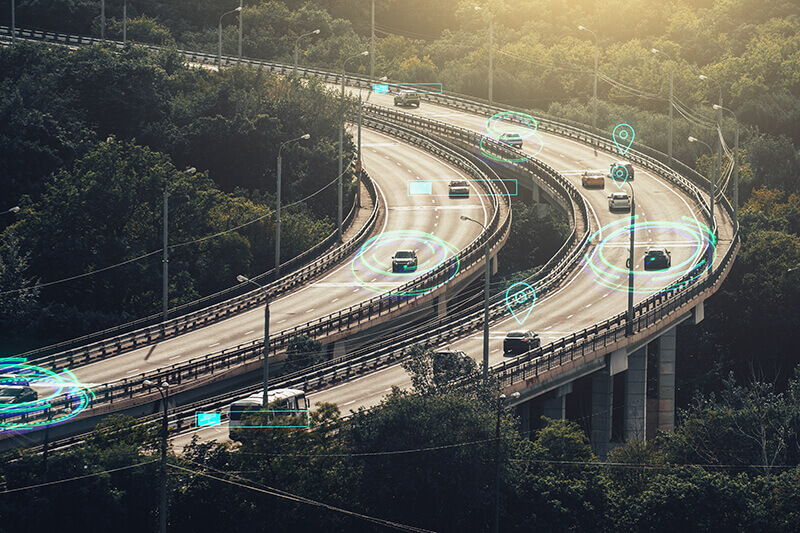
In absolute terms, a barometric pressure sensor can be applied to figure out elevation and for that reason enhance the GPS signal. The argument is that bymaking use of the self-confidence level of both a barometric pressure sensor and GPS signal, a more precise altitude measurement can be acquired. In the chart below, the research study information reveals that an increased precision self-confidence level of 85% can be acquired by utilizing this sensor blend method versus GPS alone.
Pressure sensors can enhance GPS (Global Positioning System) accuracy in built-up areas by providing additional altitude information that improves satellite navigation data. GPS navigation relies on signals received from satellites to calculate a user’s position accurately. However, situations such as high buildings, bridges, or other obstacles in built-up areas can cause signal disruptions, making GPS navigation less accurate. By integrating a pressure sensor, GPS devices can calculate not only latitude and longitude but also altitude, providing a more accurate 3D positioning.
The pressure sensor referred to in GPS systems for altitude measurement is typically a barometric pressure sensor. These sensors measure barometric pressure, the pressure of the atmosphere at a given altitude level. As pressure decreases with increasing altitude, it provides a reliable indicator of a person’s vertical position.
The pressure sensor sends atmospheric pressure readings to the GPS device that determines altitude. When a user enters a built-up area, the GPS device can calculate the altitude above sea level based on the air pressure reading from the pressure sensor. This additional altitude information helps to overcome the “tall-building effect,” where the GPS signal gets reflected off tall buildings, resulting in errors in location accuracy.
Moreover, a pressure sensor can compensate for other sources of atmospheric pressure variations such as weather, wind, and temperature drifts. The measurements can be used by the GPS device to make adjustments for these variations, ensuring more accurate altitude readings.
Forecasting Hyper-Localized Weather
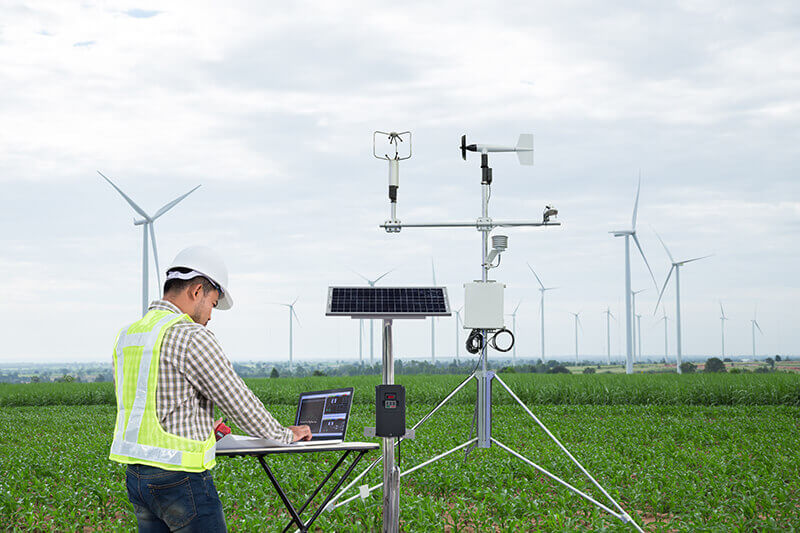
Pressure sensors can be used to forecast hyper-localized weather (extremely local detailed weather predictions) by measuring atmospheric pressure changes. These sensors can detect the minor changes in atmospheric pressure in a particular area and use this data to predict incoming weather changes.
Hyper-localized weather has many different applications, such as agriculture, transportation, outdoor construction, and sporting events. With the use of a pressure sensor, hyper-localized weather forecasting has become more accurate, reliable, and timely.
The use of pressure sensors in weather forecasting is based on the fact that atmospheric pressure changes at a particular location can be a predictor of weather changes. For example, rising pressure typically indicates warm and dry conditions, while falling pressure can indicate the possibility of rain. Accurately measuring these small changes in pressure requires the use of highly sensitive pressure sensors.
Pressure sensors in hyper-localized weather forecast systems typically use a combination of several sensing technologies, such as piezoresistive, ceramic capacitive, and piezoelectric types. These sensors can detect even the slightest fluctuations in atmospheric pressure, which can be used to forecast weather changes. A network of sensors in a particular area can collect data continuously and generate forecasts based on real-time atmospheric pressure measurements.
The pressure data from sensors is combined with other weather data, such as temperature, humidity, and wind speed, to generate more accurate weather forecasts. This data can be analyzed by machine learning models and artificial intelligence systems to make more accurate and detailed predictions of weather changes. This approach allows for more localized and precise weather forecasts, as the data is collected directly from the areas that will be affected by the weather.
Cleaning the Air and Water
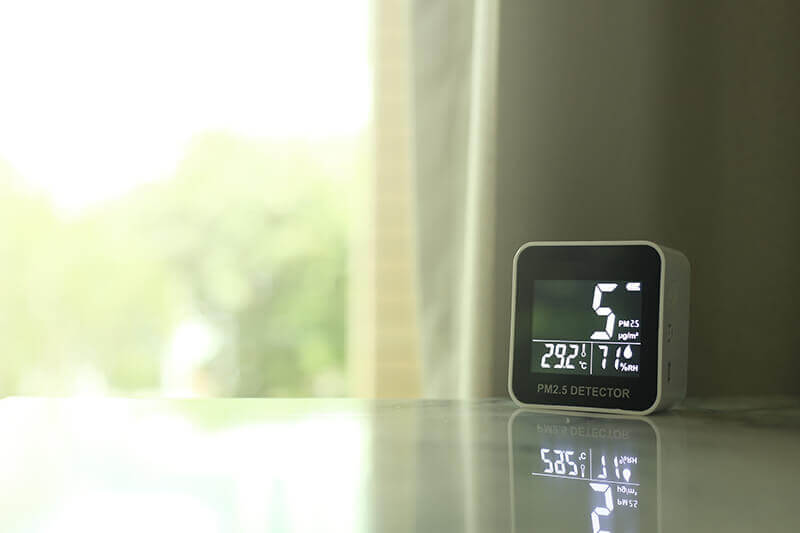
Pressure sensors are used in air and water purifying systems to monitor and maintain optimal pressure levels in the filtration process, which improves the overall effectiveness of the system in removing particulates and impurities.
Air Purification:
Air purification systems utilize pressure sensors in various ways, such as measuring the pressure drop across the filter, which reflects the accumulation of particulate matter. When this pressure drop crosses a certain threshold, the sensor alerts the control system to indicate that the filter needs to be changed. The pressure sensor can also be used to control the fan speed in the system, adjusting it in response to the changes in airflow caused by filter changes or other factors.
Water Purification:
In water purification systems, pressure sensors help by measuring pressure changes in the various stages of the filtration process, giving feedback on the efficiency of the filters. For example, the pressure sensors can determine when a filter is clogged or fouled, signaling the need for maintenance or replacement. This helps to maintain the quality of the output water by ensuring that it passes through a clean and properly working filter.
Another use of pressure sensors is in monitoring and controlling the backwashing process. Backwashing is a process in which the water flow is reversed to clean or flush the filter, removing any accumulated particulate matter. The pressure sensor can monitor the pressure drop as the backwashing progresses, indicating when the system has been thoroughly cleaned and the process can be stopped. This ensures that the system is working at maximum capacity and the filters are operating correctly.
Additionally, pressure sensors can be used in ultrafiltration systems, which are used to remove bacteria and other harmful impurities from water supplies. In these systems, pressure sensors help to regulate the flow rate and pressure within the system, adjusting it based on the volume of water being processed, the level of impurities, and other factors.
Cleaning Clothes More Efficiently
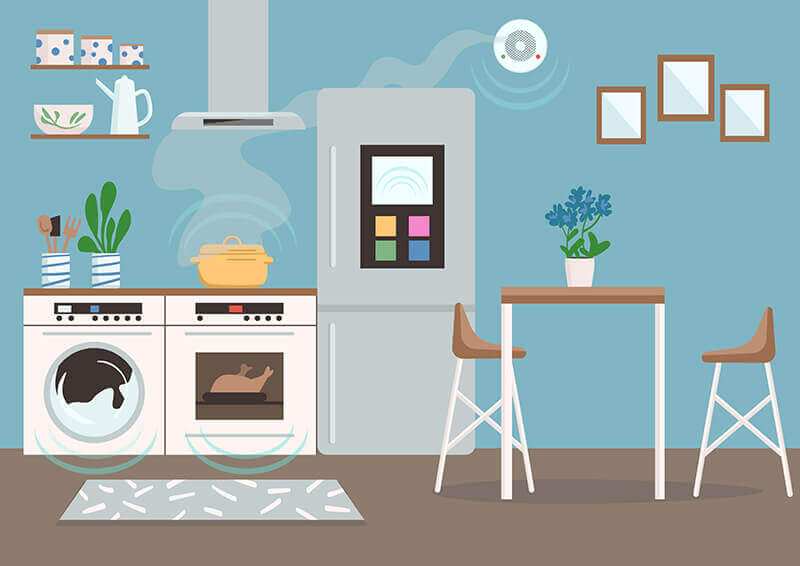
Pressure sensors are used in washing machines to clean clothes more efficiently by monitoring water levels and making sure the machine is operating correctly.
Washing machines use water and detergent to agitate and clean clothes. The water and detergent mixture is circulated through the clothes in the washing machine by a pump. A pressure sensor is often used to detect and monitor the water level to ensure the machine is using the right amount of water for each load.
During the wash cycle, the pressure sensor detects the water level and signals the control board to adjust the water flow if necessary. If the level is low, the pressure sensor commands the machine to add more water to ensure that the clothes are fully submerged, which improves the cleaning efficiency. Conversely, if the water level is too high, the sensor signals the machine to stop adding water, which can conserve water and energy.
In addition to monitoring water levels, pressure sensors are also used to detect any blockages in the washing machine hoses and pumps. If a blockage is detected, the pressure sensor sends a signal to the control board, which triggers an alert to the user to check for blockages and clean the machine.
Furthermore, pressure sensors are used in commercial washing machines to ensure that the preset cycles are followed correctly. These pressure sensors detect the water level, temperature, and pressure inside the machine, making necessary adjustments to ensure that the clothes are cleaned thoroughly.
Making Better Coffee
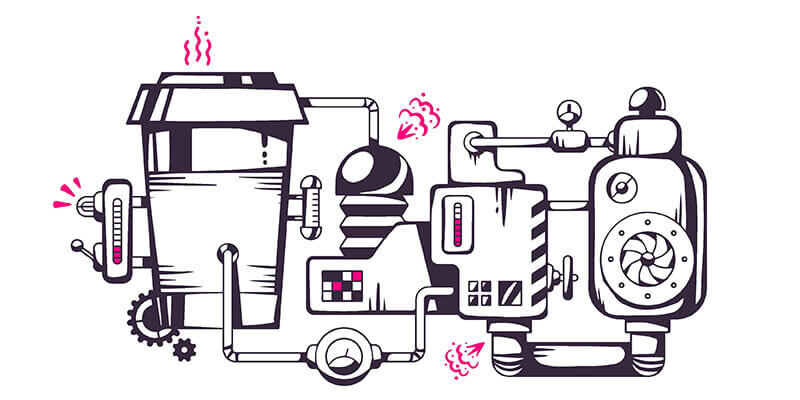
From easy coffee ‘pod’ makers to more complicated bean-to-cup systems, there are 2 essential guidelines in accomplishing the ideal brew: temperature and pressure. Pressure is so essential to the procedure, the word ‘espresso’ literally suggests ‘squeezed out’.
In this industry, an absolute pressure sensor can be seen as an indispensable device in many cases if want to make a cup of perfect coffee, even in the process of cleaning, the pressure sensor also be needed specially for some high-end coffee machines.
Pressure sensors play an important role in making better coffee by monitoring and controlling the water pressure and flow rate during the brewing process. The pressure sensor is a key component in espresso machines and other coffee makers that rely on pressure for the brewing process.
In espresso machines, the pressure sensor helps to ensure that the water pressure and flow rate are optimized during the brewing process, which is crucial for achieving the ideal espresso shot. Pressure sensors measure the pressure inside the machine and provide feedback to the control system to maintain the desired pressure levels. This pressure helps extract the flavor and aroma compounds from coffee beans, producing the distinctive and rich flavor of espresso. The sensor also helps to control the water flow rate to ensure that the coffee is brewed at a consistent rate.
In other coffee makers, such as drip coffee makers, pressure sensors may be used in conjunction with other sensors, like flow meters and temperature sensors, to control the water flow rate and temperature during the brewing process. The pressure sensor’s job in this case is to ensure that the water is flowing through the coffee filter at the correct rate, which can impact the taste and quality of the coffee.
Furthermore, in single-serve coffee makers or pod-based systems, pressure sensors can be used to ensure that the correct amount of water is used per coffee capsule or pod. The sensor measures the amount of water used and gives feedback to the control system to prevent using too much or too little water, allowing for consistent brewing quality.
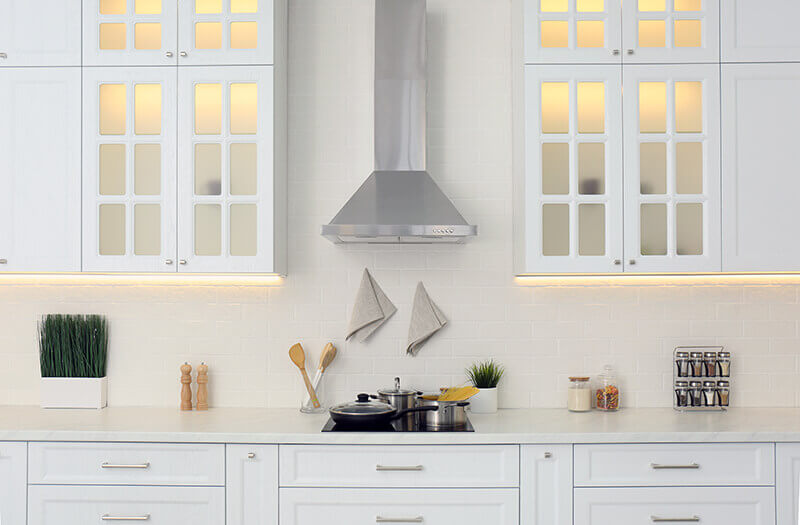
Pressure sensors can be used in cooker extraction systems to make them more effective by monitoring and controlling the airflow and pressure within the system. Cooker extraction systems are typically used in commercial kitchens to remove steam, smoke, and cooking fumes from the cooking area.
A properly designed extraction system should be able to remove all of the cooking fumes and steam from the cooking area, ensuring a safe and healthy work environment. Pressure sensors can help ensure that the extraction system is functioning at peak efficiency and that the cooking area is well-ventilated.
During the operation of the extraction system, pressure sensors can monitor airflow, pressure, and temperature in the system. By monitoring these parameters, the sensors can detect any changes in airflow and pressure that may indicate that the system is not operating at optimal levels. This can be caused by factors such as clogged or dirty filters, incorrect fan speed or blade angle, or restricted airflow due to ducting issues, or other problems.
If a problem is detected by the pressure sensors, the control system can automatically adjust the fan speed or other settings to optimize the airflow and pressure in the system. This helps to maintain proper airflow and ensure that the cooking fumes are effectively removed, keeping the kitchen environment safe and comfortable for workers.
Pressure sensors always be used to detect any leaks in the extraction system. If there is a leak that goes undetected, it can reduce the efficiency of the system, allowing cooking fumes to escape into the kitchen environment. By installing pressure sensors in strategic locations within the system, leaks can be quickly detected and addressed, ensuring that the system remains effective at all times.
Measuring Altitude in Extreme Sports

To get the height of a building/mountain in the air or the level of water in the ocean/lake, barometric pressure sensors can measure and get the data precisely.
These sensors are applied by similar skydivers and scuba divers. Piezoresistive MEMS sensors are a popular option in the latter application thanks to their size and precision.
Pressure sensors measure the air pressure at a particular location, which can be converted into an altitude reading using the international standard atmosphere (ISA) model. The ISA model is a theoretical model that predicts barometric pressure, temperature, and other atmospheric conditions at different altitudes.
In skydiving and base jumping, pressure sensors are commonly used in altimeters, which are worn by the skydiver or base jumper to measure their altitude during a jump. The pressure sensor measures the air pressure at the jumper’s current location and converts it to a reading of the altitude. The altitude reading is then displayed on the altimeter, allowing the jumper to know their height above ground level.
In mountaineering, pressure sensors are often used in handheld altimeters or GPS devices. These devices measure the air pressure at the current location and use the ISA model to calculate the altitude. The altitude reading can then be displayed on the device’s screen, allowing the mountaineer to keep track of their progress and location.
Furthermore, pressure sensors are also used in specialized sports equipment, such as paragliders and hang gliders, to measure altitude and provide feedback on the performance of the glider. By monitoring altitude changes, pilots can make necessary adjustments to their flight path to ensure optimal performance and safety.
Tracking the Heights of Stairs

Some physical fitness bands and wearable devices make use of pressure sensors to figure out the change in atmospheric pressure and connect that to height variations.
By working with an accelerometer together, these devices can easily tell you how many stairs you’ve taken, and decide whether to award you with additional points or not.
The gamification of day-to-day activity remains to grow and can now be more precisely measured – and rewarded!
Pressure sensors can be used to track the heights of stairs by measuring the changes in air pressure that occur as a person ascends or descends a staircase. This technology is commonly used in fitness trackers, smartwatches, and other wearable devices that track physical activity.
In these devices, the pressure sensor is typically combined with an accelerometer, which detects the motion of the device as the wearer moves up or down the stairs. The pressure sensor measures the air pressure changes that result from changes in elevation, and the accelerometer detects the changes in motion.
As a person ascends a staircase, the air pressure decreases due to the decrease in atmospheric pressure at higher altitudes. Conversely, as a person descends a staircase, the air pressure increases due to the increase in atmospheric pressure at lower altitudes. The pressure sensor detects these changes in air pressure and uses them to calculate the height of each step.
By combining this information with data from the accelerometer, the device can accurately track the number of stairs climbed, the total height climbed or descended, and other related physical activity data. This can provide valuable information for people who want to track their fitness goals, monitor their daily activity levels, or compete with friends and peers in fitness challenges.
In addition to fitness applications, pressure sensors can also be used in other contexts to track stair heights. For example, in building construction and design, pressure sensors can be used to ensure that stairs are built to code, with consistent step heights and treads. By monitoring step heights in this way, pressure sensors can help to improve safety and accessibility in buildings and public spaces.
Discovering Falls in Assisted Living Devices
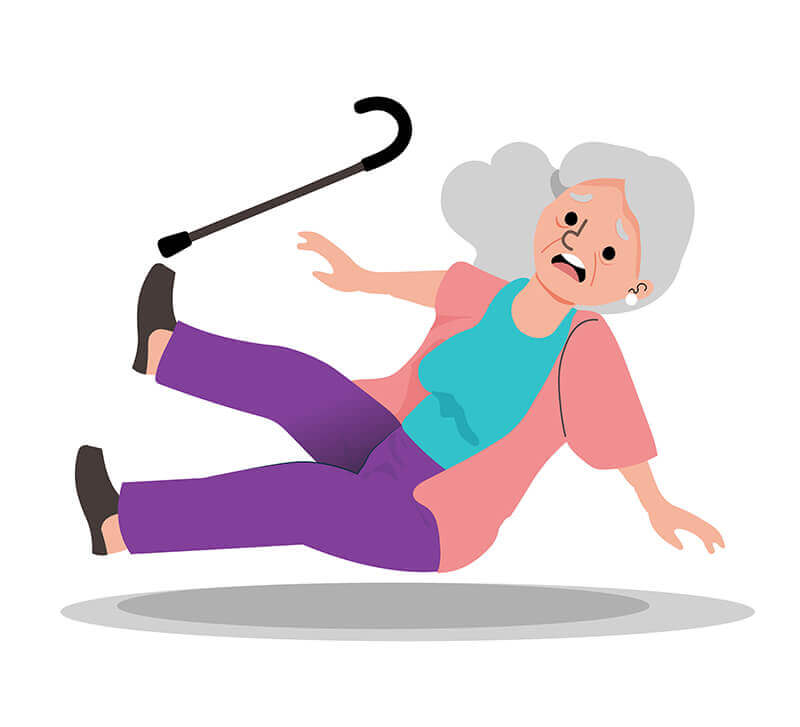
Atmospheric pressure measuring guidelines are now taken in patient tracking and assistive living options, where an unexpected quick change in elevation can indicate a fall.
In this special and critical application, the pressure sensors are requested to meet strict standards such as the ability to measure pressure range from 0 to 130 bar, a precision of 0.5% or better.
That suggests they can register a height change of around 10cm, quickly precisely, and adequately identify if a patient is on the flooring. An alert will be sent out to the appropriate specialist (or relative) to allow them to get in touch with the user instantly and/or send out support as proper.
In the case of pressure sensors are used in assisted living devices to detect falls by monitoring changes in air pressure caused by sudden impacts. These devices are typically worn by elderly or disabled individuals to detect falls and alert caregivers or family members to potential emergencies.
In these devices, the pressure sensor is typically built into the device and is always on. The sensor measures the air pressure inside the device and detects sudden drops caused by a fall. The change in air pressure is then processed by the device’s software, which analyzes the data and decides if a fall has occurred.
To prevent false alarms or inaccuracies, the device’s software may also take into account other factors, such as the duration of the pressure drop, the rate of impact, and the surrounding environment. For example, the software may distinguish between a fall and a drop caused by accidentally dropping the device or bumping into objects.
Once the device determines that a fall has occurred, it triggers an alarm or sends a notification to a caregiver or family member. This alert can be in the form of a message, phone call, or other communication, depending on the specific device and settings.
In addition to detecting falls, pressure sensors can be used in assisted living devices to detect other types of emergencies or health conditions. For example, sensors can detect changes in posture, activity levels, or heart rate to monitor for signs of a stroke or heart attack.
Wrap up
Except for the above, in our daily life, pressure sensors can be also found in a variety of devices, ranging from automobiles, wearable devices, appliances to medical equipment. In automobiles, pressure sensors are used to monitor tire pressure, brake fluids, and air conditioning systems, which contribute significantly to a vehicle’s overall performance, fuel efficiency, and safety. Smartphones, smartwatches, and fitness trackers also use pressure sensors to detect altitude, track physical activities such as climbing stairs, or monitor sleep quality.
Pressure sensors are also critical components in medical equipment such as blood pressure monitors, infusion pumps, and respiratory devices where accurate pressure measurements are essential for proper diagnosis and treatment of patients. Additionally, pressure sensors are used in HVAC systems, refrigerators, and coffee machines to control and monitor pressure and temperature levels for optimal performance.
Pressure sensors are ubiquitous in our daily lives, providing invaluable data for monitoring, safety, and efficiency purposes. They perform a crucial role in detecting, measuring, and controlling pressure levels in a wide range of everyday objects and systems.
Find out more details about Pressure Sensor for HVAC applications; Pressure Sensor HVAC; Pressure Sensor for Medical; Pressure Sensor for Automobile
